

Guide to wear Alpaca clothing: benefits and tips
Share
GUIDE TO WEAR ALPACA CLOTHING: BENEFITS AND TIPS
If you like natural products and value craftmade products, we recommend that you include in your closet clothes and accessories made from alpaca fiber. Compared with other yarns and fabrics on the market, the alpaca has many advantages and qualities we will tel you. It is pleasant to the touch, fine, silky, comfortable … And best of all, for processing no chemicals are used that attack your body and the environment. Here is a comprehensive guide to the alpaca, one of the most appreciated fibers in the world.
Alpaca guide: 6 reasons that will make you love her
To delve into the wonderful world of alpaca, should start at the beginning: to know what exactly and where it comes. Much of his virtues are right here in the origin.
1. What is Alpaca?
The alpaca is a lightweight, soft, warm and resistant fiber used to make clothing, accessories and rugs. It is a natural fabric which belongs to the so-called noble fibers such as mohair, cashmere or angora. At first glance it may look like sheep’s wool (merino), although it is of much better quality. It presents a wide range of natural colors (over 20) ranging from white to black, through brown, brown or gray. And it is mainly produced in Peru and Bolivia. It is known as “the true treasure of the Incas”. Why is that? Then you will discover.
2. ¿Comes from…?
This fiber is removed from the hair of a very cute animal called alpaca, which is a close relative of wild vicuña and llama. The truth is that the three animals are very similar and if you are not skilled in the art, it is easy to confuse you.
Most alpacas that exist in the world lived in Peru, where there are 3.5 million. Taking care of alpacas herds, and the sale of her hair pose the main livelihood of thousands of families in this country and, therefore, its their most important source of income.
Alpacas live in large herds grazing on the plateau of the Andes, always quite high, above 3,000 / 4,000 meters above sea level. Weather conditions in which they live (with temperature changes, strong winds, high solar radiation and low oxygen concentration) makes them develop a resistant coat of high quality.
Between November and April alpacas are sheared with knife or scissors. This process is usually done once a year, you never sacrificed the animal to carry out and an average of 3.5 kilos of fiber per unit is removed.
When the hair is shorned, they manually classified into different groups according to their origin, color, quality and long. Depending on this, the fiber is used to make a product or other. Expert hands perform this work using techniques that have been passed from generation to generation. It is not a process that can be machined.
3. Kinds of Alpaca wool
There are different types of alpaca, according to its fineness and quality.
On one side is the Alpaca Fleeze. It is the fiber obtained from the usual shearing which makes the alpaca once a year. It measures 26.5 microns in diameter and is often used for making bags and coats. To give you an idea, a micron or micron is one millionth of a meter.
There is also the Baby Alpaca, which is the fiber that comes from the first shearing done in the life of an alpaca. This does not mean that infants or very young animals are used. For the first cut is necessary that the animal has reached adulthood three years. This hair measured 22.5 microns and with it fine knitwear, sweaters, shawls, made pashminas … This fiber is a great quality and extremely soft
Undoubtedly, it is one of the most valuable and appreciated fibers worldwide.
In the third step we situate the Royal Alpaca, which is a selection of the finest baby alpaca fibers. Measured between 19 and 19.5 microns. It is an ultra soft and very exclusive hair, since only 1% of world production of alpaca fiber corresponds to this variety.Other types are Huarizo (30.5 microns) used for knitted fabrics, and Thick (more than 34 microns), with which carpets, upholstery and linings are made.
4. Advantages and benefits of alpaca wool compared to other
Garments and accessories of Alpaca have an exceptional quality. This is because of the great amount of properties that has this fiber and you will not find in other wool:
- The benefits of alpaca are superior to those of cashmere and mohair.
- It is warmer and stronger than sheep’s wool.
- Prickle´s less than other fibers.
- Produces no allergy because, unlike sheep wool, the alpaca fiber contains no lanolin. So it is very suitable for delicate and sensitive skin
- Absorbs humidity and repels water very well. This makes that if it rains the appearance, shape and quality are not affected.
- Is thermal and insulation. This makes well maintained body temperature regardless of external conditions. Helps combat sudden changes in temperature and retains heat but, at the same time, it is very breathable. Your level of comfort is very high.
- It has a wide palette of natural colors, something rare in other wools. And it is easy to dye.
- An important quality of the alpaca is its ability to withstand solar radiation.
- It is silky and shiny. No tarnish after dyed and washed.
- It is light and airy, despite being a very warm fiber.
- It is elastic and durable, for very fine hair whatsoever.
- It is fireproof, a property it shares with the wool of the sheeps: it is very difficult to burn.
- Garments last many years, do not break, deform or wear out. Nor are affected by fungi and other microorganisms. So they are always a good investment.
- Are products that help to take care for the environment
5. Advice on cleaning and maintenance of alpaca
Being a valuable fiber and with many properties, one may think that the care of alpaca garments must be very expensive and delicate. Not so. It is easier than we think. True, they are products that we can not get peacefully in the washing machine or board, but following some recommendations maintenance is easy. Moreover, precisely because of its quality alpaca garments are kept cleaner and a lustrous appearance time. We recommend you take a look at these tips for laundry alpaca.
After washing, you should consider the following tips to keep intact your alpaca garment. Notes:
- Keep it in the closet only when it´s completely dry.
- Let her well rounded to prevent wrinkles out.
- Do not hang on hangers so they do not deform.
- Do not expose to sun or goals in a place with high humidity.
- Off season, it is best to keep it in a plastic bag for clothes, well closed and natural elements within and lavender or coffee. To prevent moths is not recommended to use mothballs.
- Do not save it near objects that can snag (jewelry, belts, wallets …).
If you follow these recommendations your alpaca clothing would remain for years just as beautiful as the first day.
6. Reasons to choose Alpaca natural fiber clothing
At this point of the article, you may already have fallen in love with the alpaca. But if you still doubt of its virtues, here’s a list of five reasons to bet on natural fibers (and not synthetic):
More Ecological
Alpaca fiber is still made using ancient techniques respectful with the environment and the planet. It is a renewable resource and 100% biodegradable.
More healthy and hygienic
Garments made from alpaca provide natural ventilation, heat insulated and protected from the cold. They offer high resistance to all kinds of fungi and microorganisms
It is fashionable and would continue to be fashionable
On one hand, the alpaca is a very popular product by top international designers and competes in the most prestigious fashion catwalks. And secondly, is part of what we call “sustainable clothing”, something that has become a trend in recent times. It is a respectful clothing with nature and provides welfare to producers and consumers
More responsible
The alpaca clothing belongs to the fair trade market offering higher prices to producers and better conditions for workers in the textile industry. Furthermore, it is vital to the livelihoods of thousands of families product.
“Flag Product of Peru”
Since 2004 the alpaca fiber is officially called a peruvian flagship product. It is a recognition to products that represent the image of Peru abroad.
What do you think alpaca? Have this fiber clothing? Do we give you some advice for use and care? Tell us everything you know about this product that fascinates us so much.
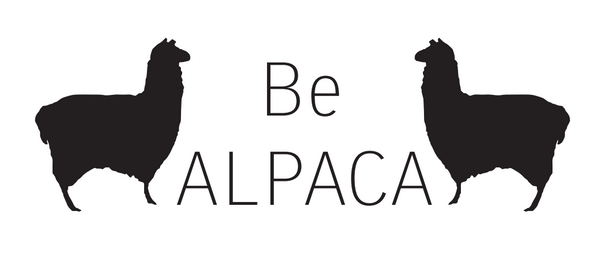
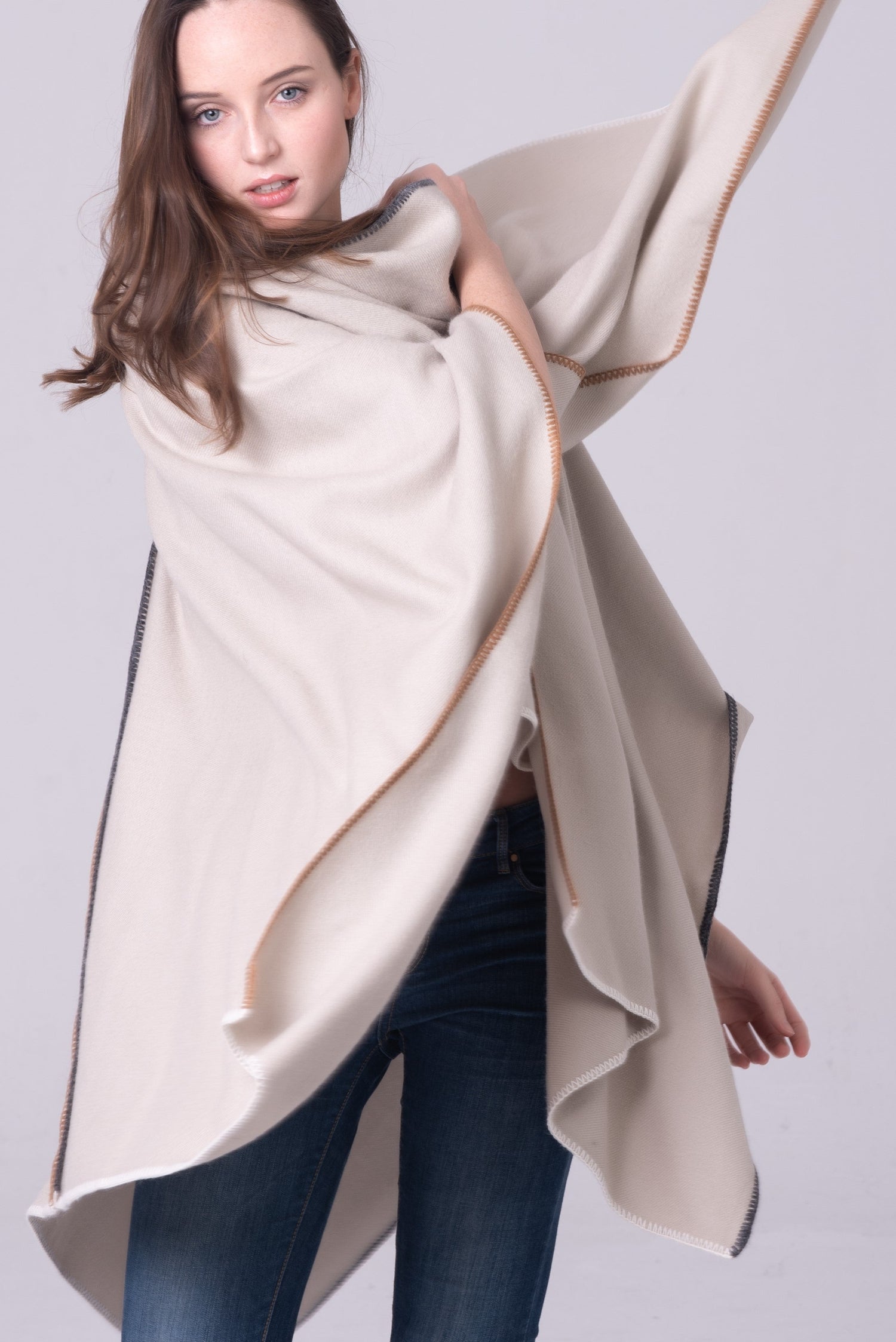
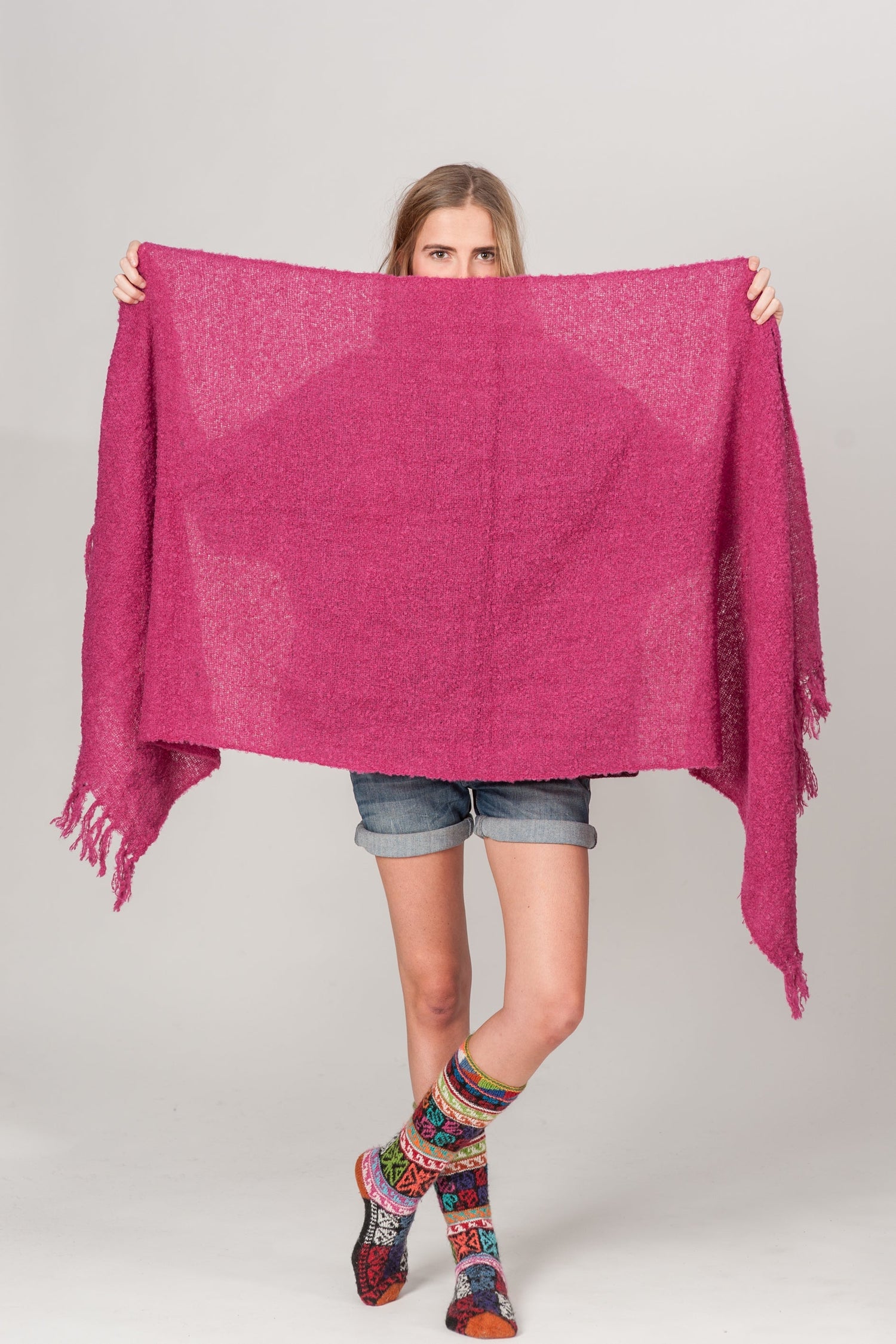
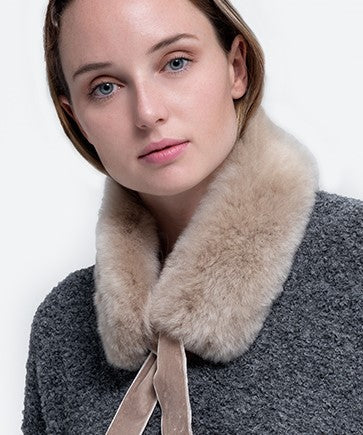
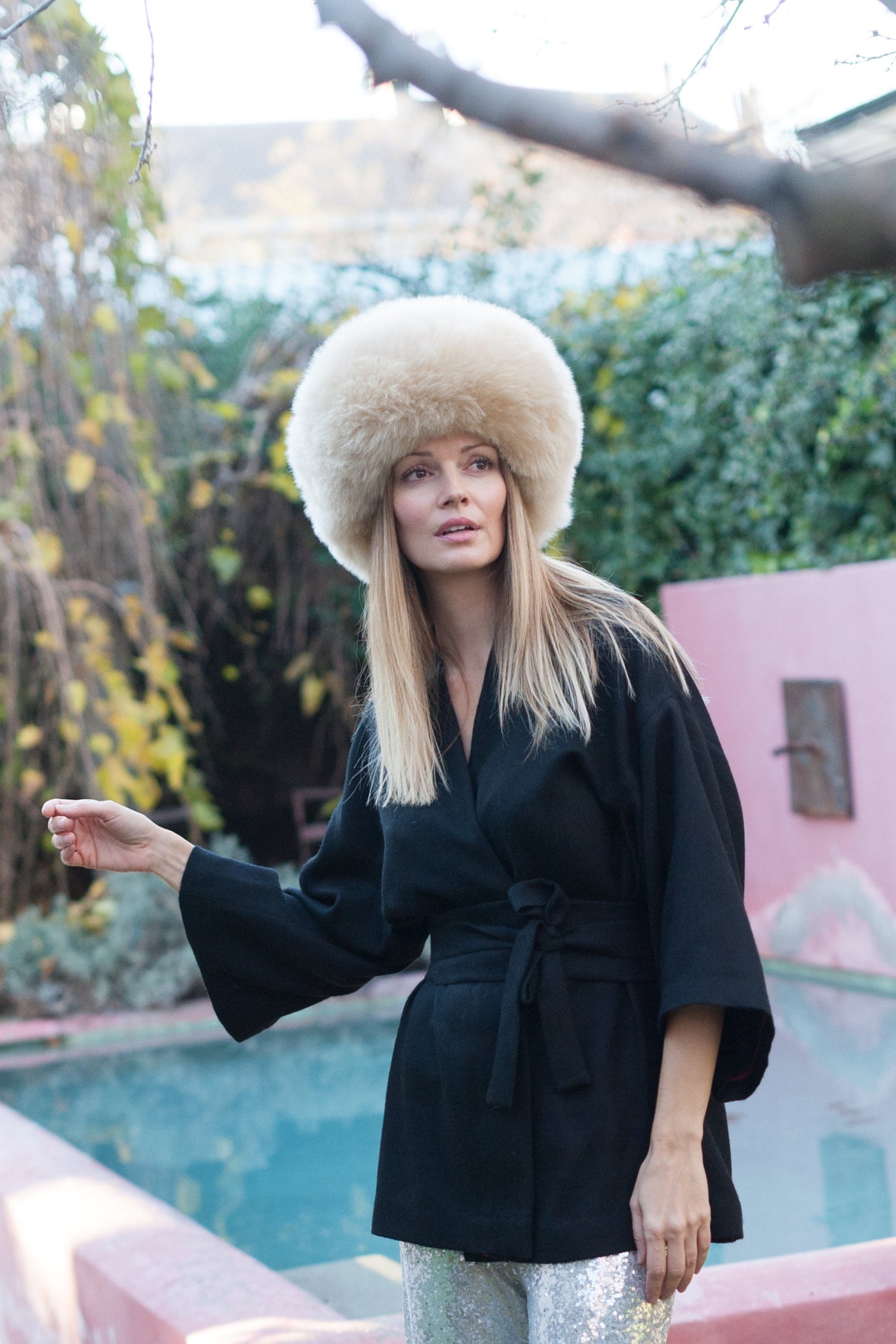
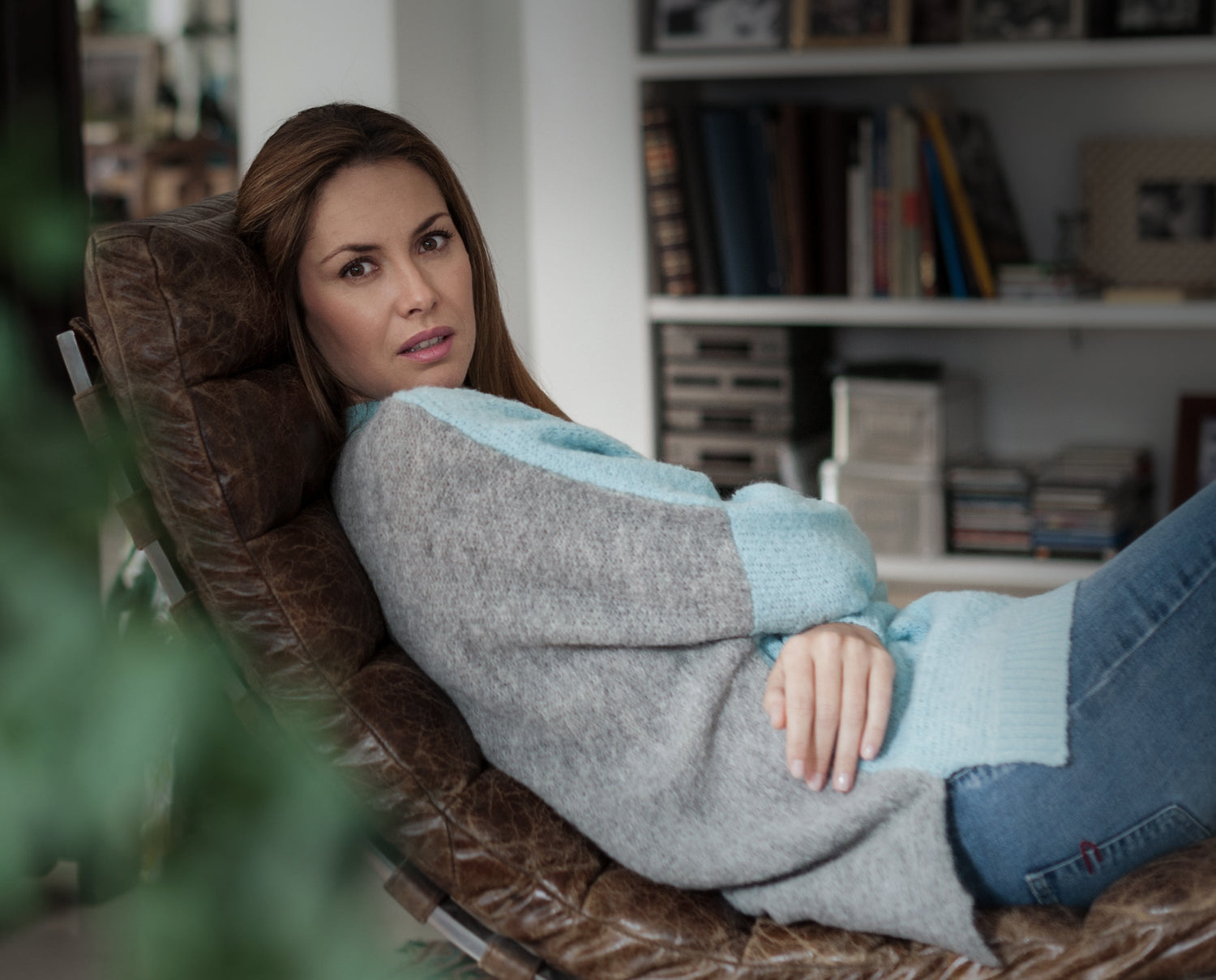

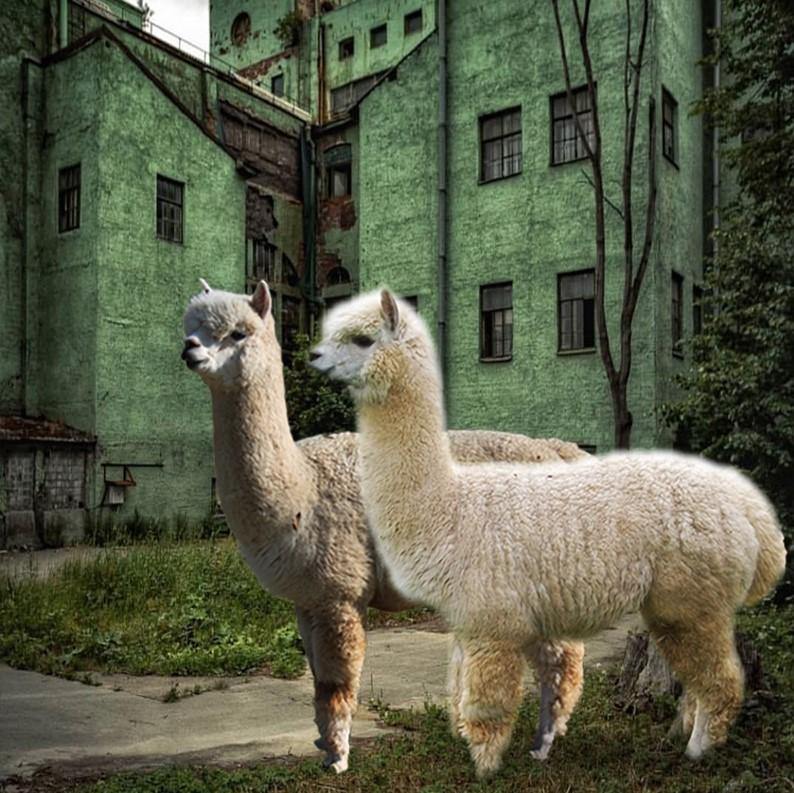
3 comments
Great writing! Thanks for the blog it helped me a lot and this page is full of alpaca wool clothing details.
Great writing! This page is full of alpaca wool clothing information. Keep it up!
Perfectly explained. Great blog! Properly briefed about the alpaca wool clothing.